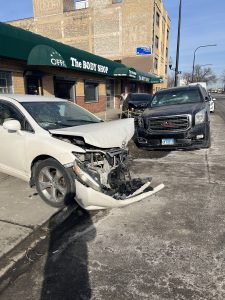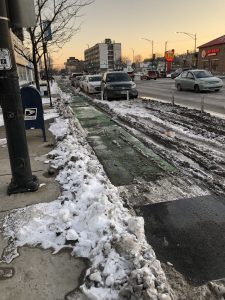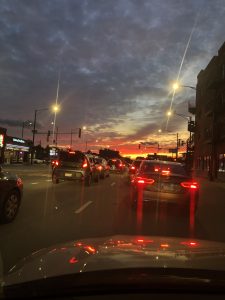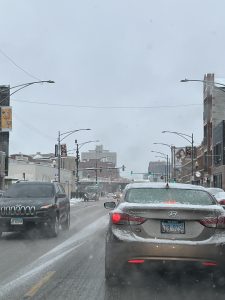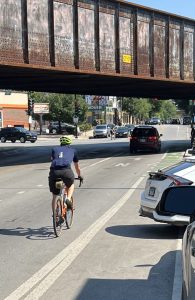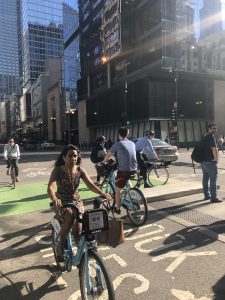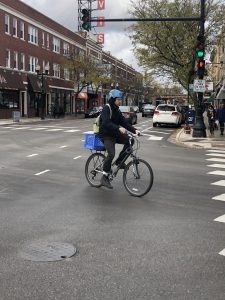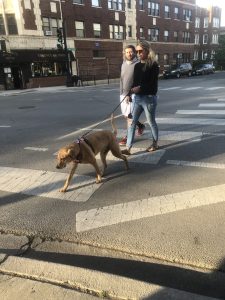
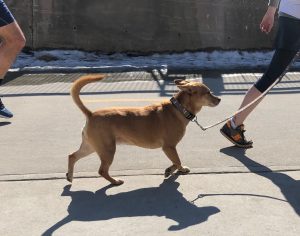
The Chicago dog bite attorneys of Zneimer & Zneimer P.C. have encountered sad cases where dogs end up euthanized because they cause serious injuries to people or as a result of aggressive or fear-based behavior, but it is important to note that this is often not the dog’s fault. A lack of proper socialization and training can lead to a dog becoming aggressive or fearful in certain situations, which can increase the risk of a dog bite incident. Proper socialization and training can help a dog learn appropriate behavior, how to respond to commands, and how to interact with people and other animals. Socialization can also help a dog to become comfortable in different environments and to learn how to cope with new and unfamiliar situations.
It is important to note that dogs who have been abused or neglected, may have behavioral issues stemming from their past experiences that can be addressed with proper training and socialization. In these cases, it is not the dog’s fault, but rather a result of the previous owner’s failure to provide proper care and socialization. Euthanasia should always be considered as a last resort and only after all other options have been exhausted, such as behavior modification and rehabilitation.
Overall, it is crucial for dog owners to take the responsibility to properly socialize and train their dogs, as this can prevent many behavioral issues and reduce the risk of dog bite incidents. It is also important for society as a whole, to understand that many behavioral issues stem from improper care and to work towards providing rehabilitation and education, instead of punishment.
Many people consider their dogs to be their best friends. Dogs are known for their loyalty and affection towards their owners and can provide a sense of companionship and emotional support. Dogs can be a source of comfort and security, and can also help reduce stress and loneliness. Having a dog can also encourage people to be more active and social, as dogs require daily exercise and attention. Studies have also shown that having a dog can have many physical and mental health benefits, such as lowering blood pressure and reducing the risk of depression. Overall, the bond between dogs and their owners can be a strong and positive one, making them more than just a pet, but a true companion.
Dogs are widely considered to be one of the oldest and most widespread domestic animals in the world, and the bond between humans and dogs remains strong to this day. The domestication of dogs is thought to have occurred around 15,000 to 30,000 years ago, during the time when humans were transitioning from hunting and gathering to farming. Over time, dogs have been used for various purposes such as hunting, herding, guarding, and companionship.
Many dog bite incidents are a result of the owners’ improper care and management of their dogs. Factors such as lack of proper training, socialization, and supervision can contribute to a dog’s aggressive or fear-based behavior, which can lead to dog bite incidents. Some owners may not provide their dogs with proper exercise, socialization, and mental stimulation, which can lead to behavioral issues such as aggression or destructive behavior. Owners should also be aware of the signs of aggressive behavior in their dogs and take steps to address any issues that arise. This may include seeking professional help from a trainer or behaviorist or supervising the dog around other people and animals.
Proper care and management also include providing a safe and comfortable environment for the dog, providing regular veterinary care, and ensuring that the dog is fed and exercised properly. It’s important for dog owners to understand that owning a dog is a big responsibility and that proper care and management is essential to prevent dog bite incidents and to ensure the well-being of their dog.
Adopting a dog is a big responsibility and requires careful consideration to ensure that the dog is the right fit for you and your lifestyle. Before adopting a dog, it’s important to consider factors such as the dog’s size, energy level, grooming needs, and temperament. It’s also important to consider the costs associated with owning a dog, such as food, veterinary care, and grooming expenses. Additionally, it’s important to consider the amount of time and effort you are willing to put into training and caring for a dog, as well as how well the dog will fit into your current living situation. Continue reading




